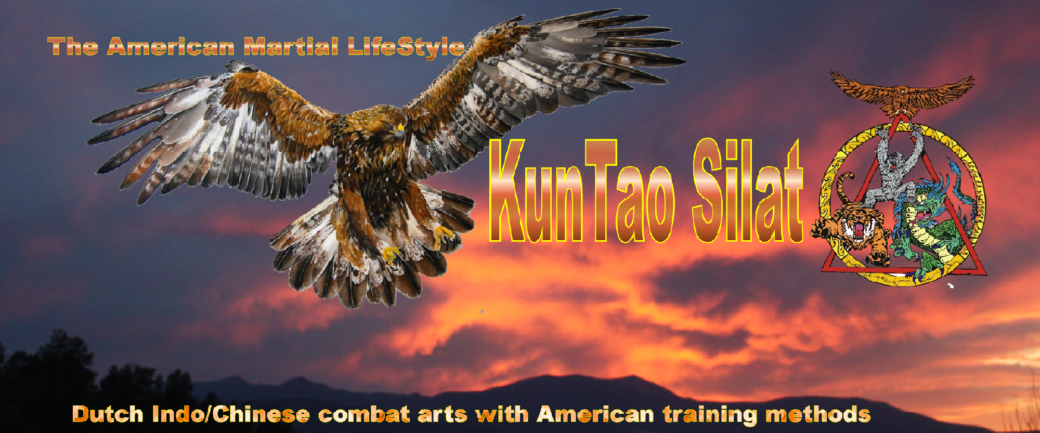Recently, a member of the Distance Learning Program asked me about the similarities and differences between the Filipino Martial Arts (FMA) and KunTao Silat. As there is much crossover culturally and technically across the Southeast Asian martial arts, and many KTS players have a background in FMA, I thought this would be a great topic […]
Archive | Training
Gauging “Success” of a Technique
A frequent source of online martial arts debates (as these questions could be easily resolved in person) is on whether or not a particular technique or even whole style “works.” That the functionality of any endeavor ultimately rests in the effort of the individual notwithstanding (because who wants to take responsibility for their actions), these […]
Training Theory: Eccentric Contraction and the Martial Power of Flexibility
One of the hallmarks of many classical or Pre-WW2 martial arts, regardless of culture, is that a practitioner typically finds a sophisticated physical training theory and specific conditioning exercises as part of the curriculum. Whereas many “modern” systems make good use of the widely available strength and conditioning tools and approaches available to the modern […]
Learning to Teach Yourself
Pak Steve has often referred to KunTao Silat as a, “collegiate martial art.” There are many reasons for this. First, it is important to remember that Pak Steve and the other founding members of the Kun Lun Pai were already experienced and highly proficient martial artists before they began training with Ba Pak Willem De […]
Why Are You Hitting Yourself?
One of the distinctive motions of Pentjak Silat has to be the percussive slaps players inflict upon their own bodies as they practice Djurus or play Kembanggan. While many Okinawan, Chinese, and Korean Systems may feature an occasional technique wherein the practitioner strikes or slaps against their own body, Silat is generally full of such […]
The Difference Between Malabar and American KunTao Silat
Recently, I was asked an excellent question by a member of the Distance Learning Program: “What is the difference between Malabar and American KunTao Silat?” The answer can be simple or complex. Simple answer: Malabar KunTao Silat is the original curriculum granted to Pak Steve by the De Thouars family First Lineage Disciple, and contains […]
Engines of Destruction: The Difference Between Silat, Shaolin, and Taoist Mechanics
The following will also be found in some variation in the upcoming book: GuruMuda James Kern coined the phrase, “Destruction Theory,” to refer to how a martial art school develops and applies force (Fa Jin in Chinese) for combat. It’s a cute term, easily appropriated by any number of “internet tough guys,” but it gets […]
The Six Zones of Attack
As Ibu Rose mentioned in her recent guest post, Pak Steve and I are working on the definitive KunTao Silat book. Here is an early excerpt, subject to much change: One of the biggest victims of cultural misunderstanding and outright misrepresentation as the martial and medical arts of Asia have spread to the West is […]
That Doesn’t Work, Except When It Does
Recently I was re-watching an old Filipino martial arts instructional video from the 1990s. The instructor was highly qualified and clearly knowledgeable and skilled. He made a number of salient points about how many martial arts deal with knives using unrealistic methods. But then he made a statement to the effect of: “no one stabs […]
The Dead Man’s Ten
https://www.kbtx.com/2022/08/08/graphic-smoke-shop-owner-fights-back-stabs-attempted-robber/ I would think it’s safe to assume that everyone who practices martial arts, even those only interested in health, performance, or culture, still occasionally have the “hero” daydream. Faced with no way out they apply their training to an aggressor. Often the outcome of these mental scenarios is based largely on assumptions drawn not […]
